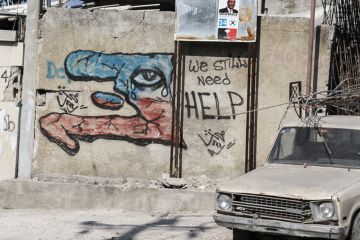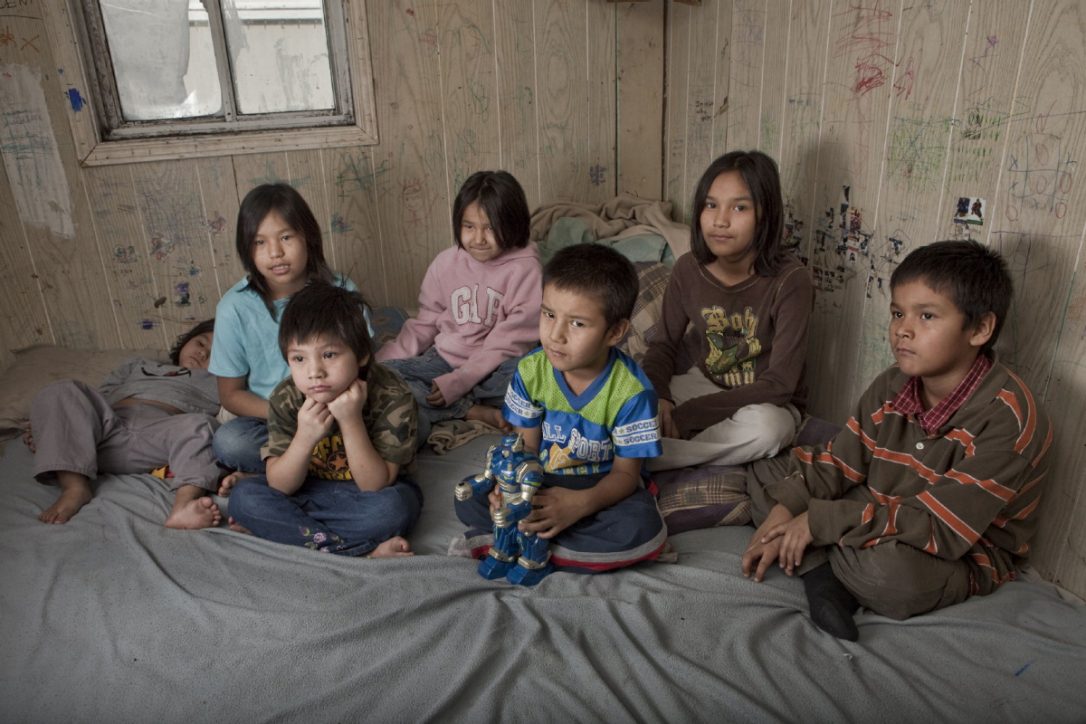Written by Maheen Nabeel Rana
Edited by Magdalene Karalis
The following is an extract from a larger research paper written for International Development Studies entitled ‘Elements Inhibiting Child Labor and Transgender Rights in Pakistan’.
Political Theorist Hannah Arendt states that despite the global existence and prevalence of human rights, “rightlessness” still exists. ‘Rightlessness’ can be classified as the denial of rights to life, liberty and security to the marginalized and ‘vulnerable’ groups of society. An example of this phenomenon I wish to discuss today is child labor in Pakistan, specifically, Pakistan’s approach and perspective on the issue of child labour in the country.
Child labour is a significant problem in Pakistan, leading to countless consequences on the development of the average child and the country as a whole. Certain factors engender the likelihood of this phenomenon, a notable one being the vicious cycle of the ‘poverty trap’ which boosts the chances of unattainable education as consequence of a lack of education. It implies that “the cause of poverty has been poverty” (The Economist, 2008) and that the likelihood of a person attempting to solve the problem of being poor lessens, the poorer he or she is (Ibid, 2005). On top of that, Pakistan is a country with a notable income disparity between the upper and working class (Takamura 2017 Human Development:12).
Many argue that one of the State’s primary roles is to contribute to human development through investment in education, healthcare and infrastructure – elements that are lacking in Pakistan.
This exacerbates an opportunity gap in education where less economically able families are left uneducated due to the absence of proper state schools. “Ghost schools” are common in the country as well – Schools where the funds are being sent to assist the functioning of schools, that only exist on paper. At times, the building is physically present, without the adequate facilities for it to function as an institution (Nabeel 2017). Corrupt education ministers use the funds for other personal means. State-schools often lack the adequate facilities for efficient day-to-day functioning- for instance, a proper faculty of teachers, bathroom facilities, electricity, tables and chairs for students (Ibid 2017).
About eighty percent of the children also leave their studies due to harsh behaviour exhibited from teachers and other
educators (Haider 2016:7). A;; these factors lead to working class families often being deprived of the ‘privilege’ of the most basic education (although in most other countries, education is regarded as one of the basic human rights rather than a privilege). Most families cannot afford to send their children to private schools; hence, children are discouraged by their parents to go to school (Ibid 2016:7).
Many parents hold the belief that educating their children may be a ‘waste of money’ in the end, and that, because of the rigidness of the system, children may grow up to be unemployed just like their uneducated parents either way. Approximately seventy percent of child labourers reported a lack of support from their parents in recieving education.
Instead of taking the ‘risk’ of investing in an education that may not prosper, parents put their children to work to make money for the family, where they become parts of a ‘supply-factor’ in the labour market. Children as young as ten start working in hazardous environments, like mines and factories, for unreasonably long working hours. This leaves them with no time to be able to go to school and they are compelled to earn to support their families by indulging in child labour – displaying the phenomenon of ‘rightlessness’ aforementioned. (Nabeel 2017).
Moreover, neoliberal implications influence this phenomenon. It asserts ‘laissezfaire economics’ – which is the functioning of the free-market and privatization, with no state intervention in the economy’s affairs (Takumara Modernization and Dependency Theory 2017:7). Every country has different laws. Multinational companies tend to take advantage of this. The egregious accountability system in Pakistan allows this to happen. Private firms have a profit-motive, and aim to maximize profits by lowering their costs of production as much as they can. Child labour is high in demand in such countries due to the low wages accepted by them. Laws against child labour assert ‘regulating’ it, but not banning it (Nabeel 2017).
As a result, child labourers in developing countries like Pakistan are employed by developed countries to make goods like footballs, the same footballs we see in the football matches we watch from our televisions(Ibid 2017). Such measures impede the personal physical and mental development of these children. They are deprived of a ‘normal’ childhood, unlike the rest of us. To top it off, they are also subtracted from the human capital of the future. Hence, when they grow older, they too are then pushed to send their children out in the field to earn for the family, continuing a vicious cycle of human rights abuse.
References:
Haider, S. and Qureshi, A. (2016) Are All Children Equal? Causative Factors of Child Labour in
Selected Districts of South Punjab, Pakistan. (2017). New Approaches in Education Research,
5(1), pp.3-10.
Nabeel, M. (2017). Child labour. Humanitarianism Class Presentation. Available at:
https://docs.google.com/presentation/d/1-
qAVOIs9YndjdFYi5HTBm7Tzu1RL4aL_LeU04r8Bgpo/edit#slide=id.p5 [Accessed 13 Dec. 2017]
Takamura, K. (2017). Modernization and Dependency Theory. (INTD200).
Takamura, K. (2017). Humanitarianism. (INTD200).
The Economist. (2008). The Poverty Trap. [online] Available at:
https://www.economist.com/blogs/freeexchange/2008/03/ the_poverty_trap [Accessed 13 Dec.
2017].




